Military helicopter flying. The journey of military helicopter development is a fascinating tale that intertwines innovation, necessity, and the relentless pursuit of efficiency in warfare. The concept of vertical flight can be traced back to the early 20th century, but it wasn’t until the 1940s that helicopters began to take shape as viable military assets.
Contents
The Sikorsky R-4, introduced during World War II, marked a significant milestone as the first mass-produced helicopter used by the U.S. military. Its ability to perform reconnaissance and medical evacuation missions laid the groundwork for future advancements in military aviation. As the Cold War unfolded, the demand for more versatile and powerful helicopters surged.
The introduction of models like the Bell UH-1 Iroquois, affectionately known as the “Huey,” revolutionized troop transport and medevac operations during the Vietnam War. This era showcased the helicopter’s unique capabilities, allowing for rapid deployment and extraction in challenging terrains.
Over the decades, military helicopters have evolved from simple rotorcraft into complex machines equipped with advanced avionics and weaponry, reflecting the changing dynamics of warfare and the need for adaptability on the battlefield.
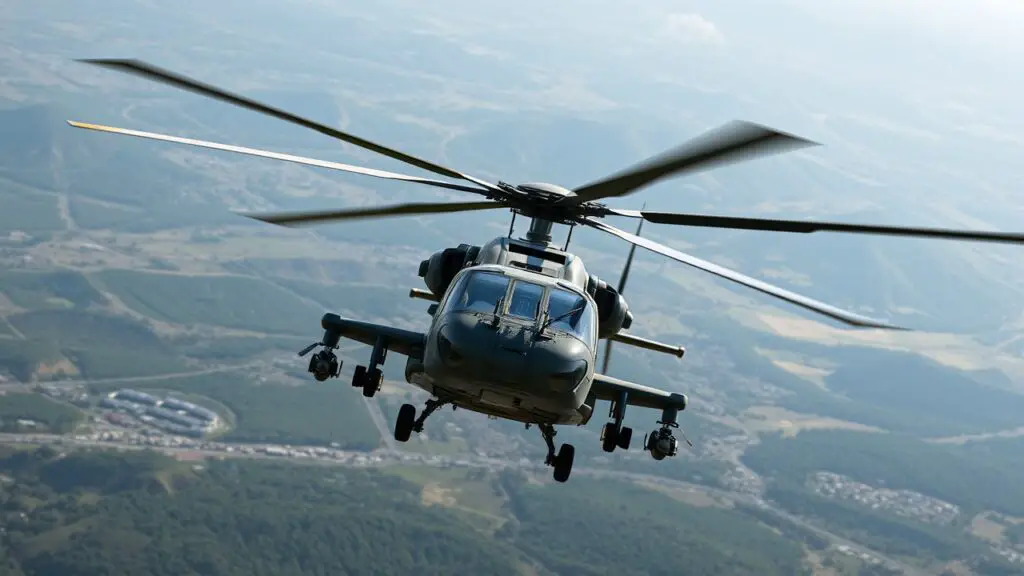
The Role of Helicopters in Military Operations
Helicopters have become indispensable tools in modern military operations, serving a multitude of roles that enhance combat effectiveness and operational flexibility. Their ability to take off and land vertically allows them to access remote or hostile areas that fixed-wing aircraft cannot reach.
This capability is crucial for troop transport, logistics, and medical evacuation, enabling swift responses to dynamic battlefield conditions. In many instances, helicopters serve as the backbone of rapid reaction forces, providing critical support during both offensive and defensive operations.
Moreover, helicopters play a vital role in reconnaissance and surveillance missions. Equipped with advanced sensors and cameras, they can gather real-time intelligence, allowing commanders to make informed decisions on the ground.
The versatility of helicopters extends to their use in close air support, where they can engage enemy forces with precision while minimizing collateral damage. This multifaceted role underscores the importance of helicopters in contemporary military strategy, as they adapt to meet the evolving challenges of modern warfare.
Advanced Flying Techniques for Military Helicopter Pilots
Flying a military helicopter requires a unique set of skills and advanced techniques that go beyond standard piloting. Military helicopter pilots must master complex maneuvers that allow them to navigate challenging environments while maintaining situational awareness.
Techniques such as autorotation, which enables a pilot to land safely in case of engine failure, are critical for ensuring safety during high-stakes missions. Additionally, pilots are trained to execute tactical approaches and landings that minimize exposure to enemy fire, showcasing their ability to think quickly under pressure.
Furthermore, advanced flying techniques also encompass night operations and adverse weather flying. Pilots must be adept at using night vision goggles and other specialized equipment to operate effectively in low-visibility conditions. This training is essential for missions that require stealth and precision, such as covert insertions or extractions behind enemy lines.
The rigorous training regimen ensures that military helicopter pilots are not only skilled aviators but also strategic thinkers capable of adapting their flying techniques to meet the demands of any mission. For more information, visit CBS News.
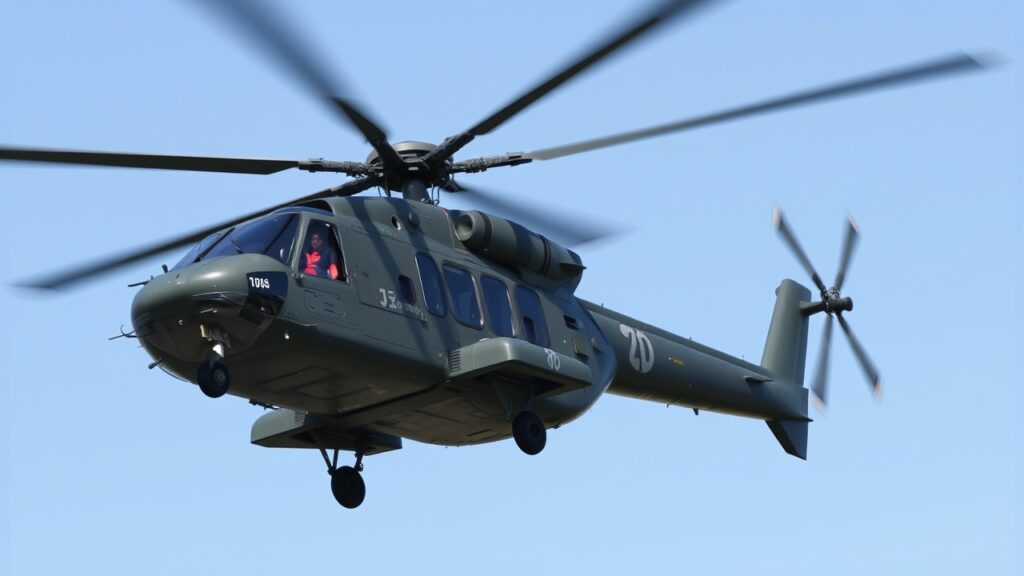
The Evolution of Military Helicopter Technology
| Decade | Advancements in Military Helicopter Technology |
|---|---|
| 1940s | Introduction of the Sikorsky R-4, the world’s first mass-produced helicopter |
| 1950s | Development of turbine-powered helicopters, such as the Bell UH-1 Iroquois |
| 1960s | Advancements in night vision technology and the use of helicopters in Vietnam War |
| 1970s | Introduction of the AH-64 Apache attack helicopter and the UH-60 Black Hawk |
| 1980s | Integration of advanced avionics and composite materials in helicopter design |
| 1990s | Development of stealth and unmanned helicopters for reconnaissance and combat |
| 2000s | Enhancements in helicopter survivability and interoperability with other military systems |
| 2010s | Introduction of next-generation helicopters with improved speed, range, and agility |
The evolution of military helicopter technology has been nothing short of remarkable, driven by advancements in engineering and a deeper understanding of aerodynamics. Early helicopters were limited by their mechanical systems and performance capabilities, but modern designs incorporate cutting-edge materials and technologies that enhance speed, agility, and payload capacity.
Composite materials have replaced traditional metals in many components, resulting in lighter and more durable airframes that improve overall performance. Additionally, advancements in avionics have transformed how military helicopters operate.
Modern cockpits are equipped with sophisticated navigation systems, digital displays, and automated flight controls that enhance pilot situational awareness and reduce workload during complex missions.
The integration of unmanned aerial vehicle (UAV) technology into helicopter operations is another significant development, allowing for enhanced reconnaissance capabilities while keeping pilots out of harm’s way. As technology continues to advance, military helicopters will likely become even more capable and versatile, adapting to the ever-changing landscape of warfare.
The Challenges of Flying Military Helicopters in Combat Zones
Flying military helicopters in combat zones presents a unique set of challenges that test even the most skilled pilots. One of the most pressing concerns is the threat posed by enemy fire, which can come from various sources such as small arms fire or surface-to-air missiles. Pilots must remain vigilant and employ evasive maneuvers to avoid being targeted while executing their missions.
This constant danger requires not only exceptional flying skills but also a deep understanding of battlefield dynamics. Moreover, operating in combat zones often involves navigating difficult terrain and unpredictable weather conditions. Pilots must be prepared to adapt their flight paths on the fly, responding to changes in visibility or obstacles that may arise unexpectedly.
The psychological toll of flying in such high-stress environments cannot be understated; maintaining focus and composure is crucial for ensuring mission success and crew safety. These challenges highlight the resilience and dedication required of military helicopter pilots as they carry out their vital roles in defense operations.
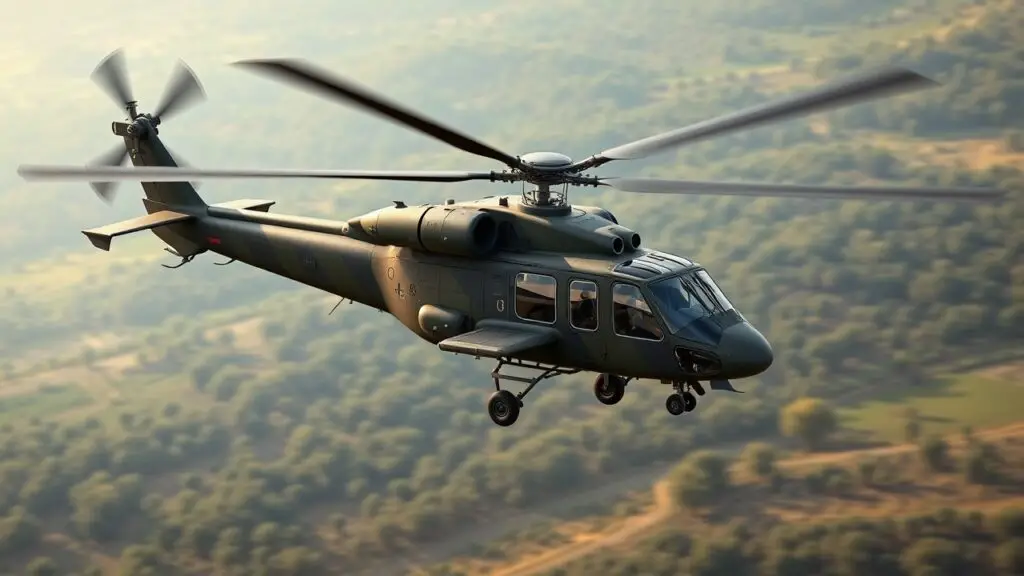
The Importance of Training for Military Helicopter Pilots
Training is paramount for military helicopter pilots, as it equips them with the skills necessary to operate effectively in high-pressure situations. The rigorous training programs encompass a wide range of scenarios, from basic flight maneuvers to advanced combat tactics.
Simulators play a crucial role in this training process, allowing pilots to practice emergency procedures and complex missions without the risks associated with real-world flying. This hands-on experience builds confidence and prepares pilots for the unpredictable nature of combat operations.
Additionally, ongoing training is essential for maintaining proficiency and adapting to new technologies or tactics. As military aviation continues to evolve, pilots must stay current with advancements in equipment and operational strategies.
Regular refresher courses ensure that they remain sharp and ready to respond to any situation they may encounter in the field. The commitment to continuous learning underscores the professionalism and dedication of military helicopter pilots as they strive to uphold their responsibilities in safeguarding national security.
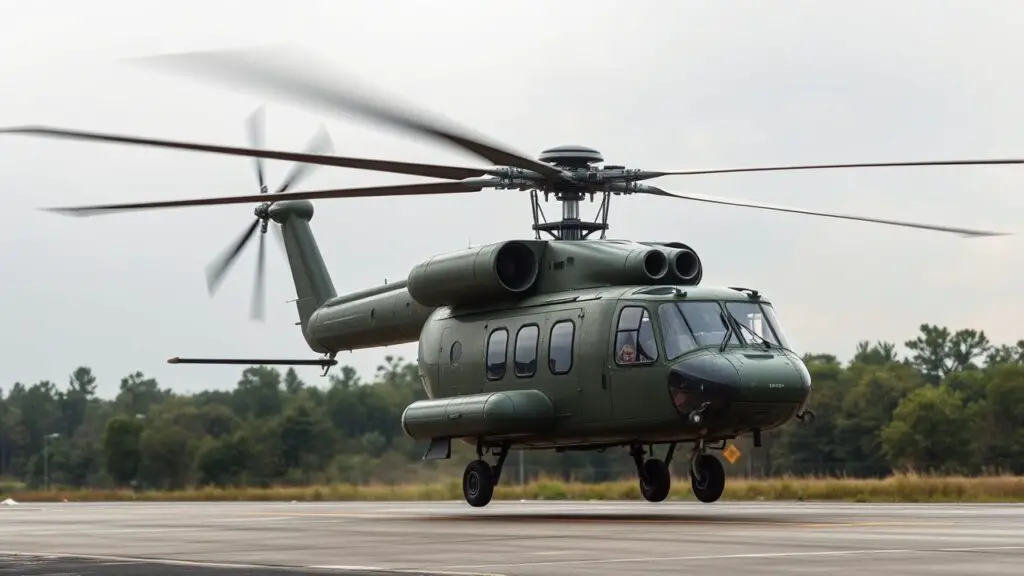
Conclusion
Looking ahead, the future of military helicopter flying is poised for exciting innovations that promise to enhance capabilities further. One significant trend is the development of hybrid-electric propulsion systems aimed at improving fuel efficiency and reducing operational costs.
These advancements could lead to longer flight times and greater range, allowing helicopters to operate more effectively in extended missions without frequent refueling. Moreover, advancements in artificial intelligence (AI) are set to revolutionize how military helicopters are operated.
AI can assist pilots by providing real-time data analysis, optimizing flight paths, and even automating certain flight functions during routine operations. This integration could enhance safety while allowing pilots to focus on strategic decision-making during complex missions. As technology continues to advance at a rapid pace, military helicopters will undoubtedly evolve into even more sophisticated platforms capable of meeting the challenges of future warfare head-on.

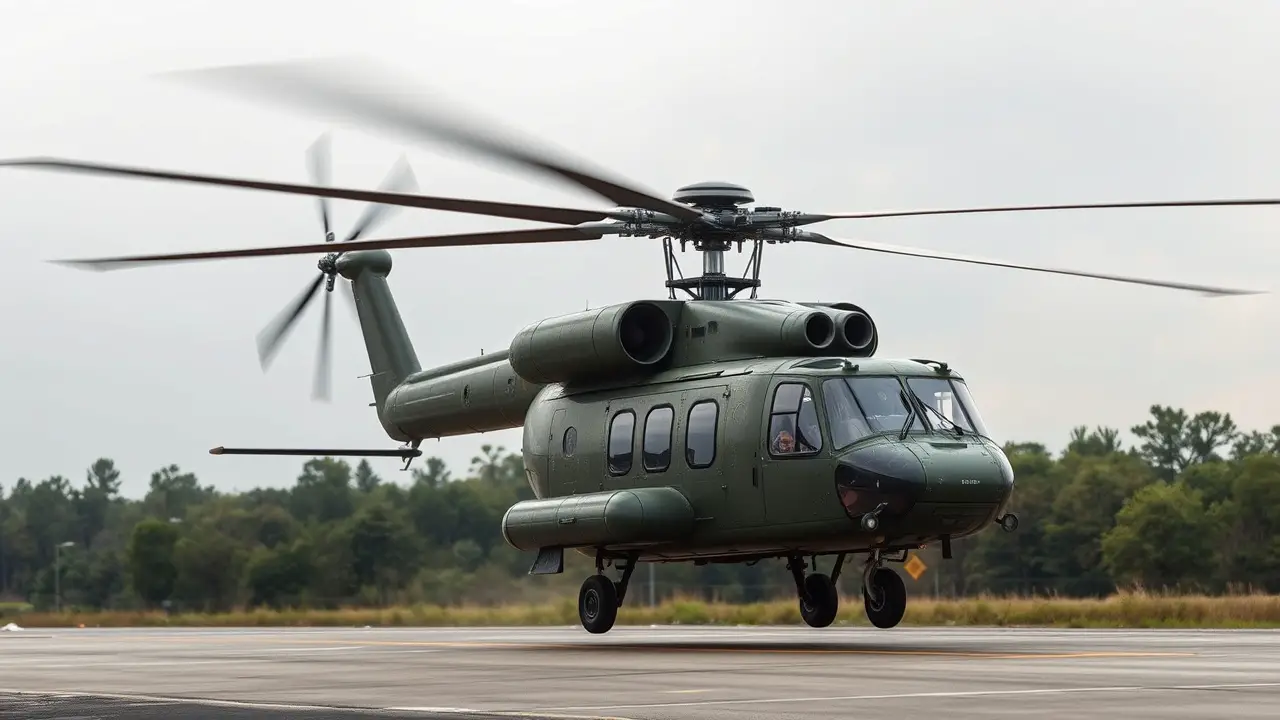
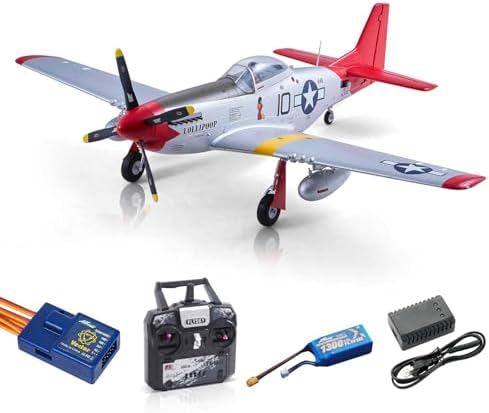



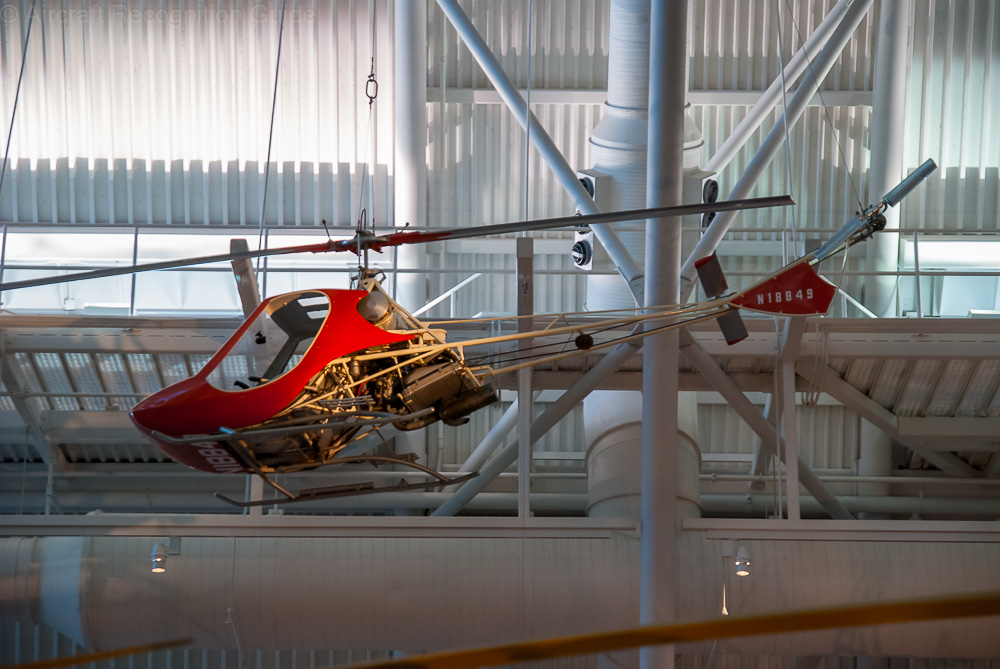


Leave a Reply